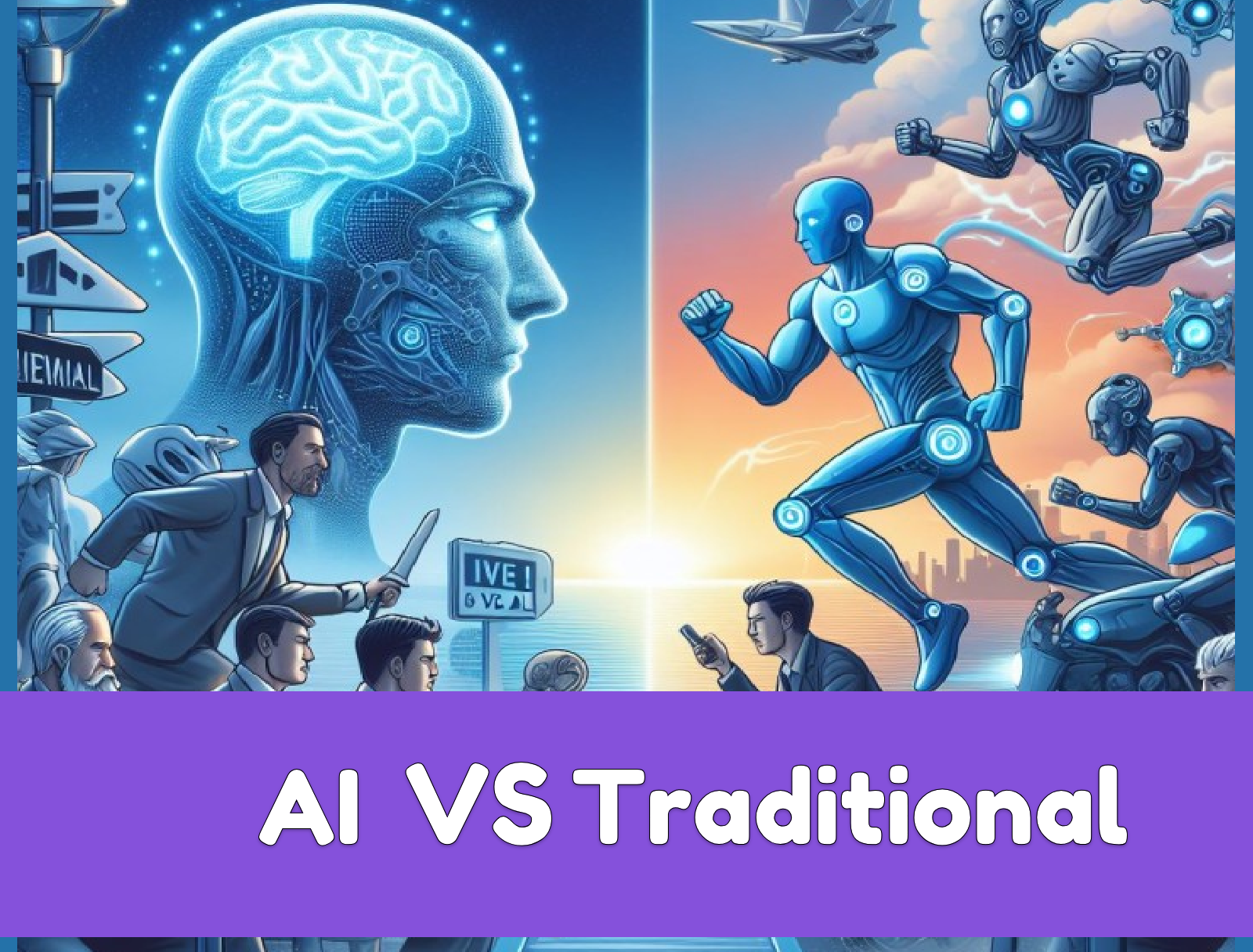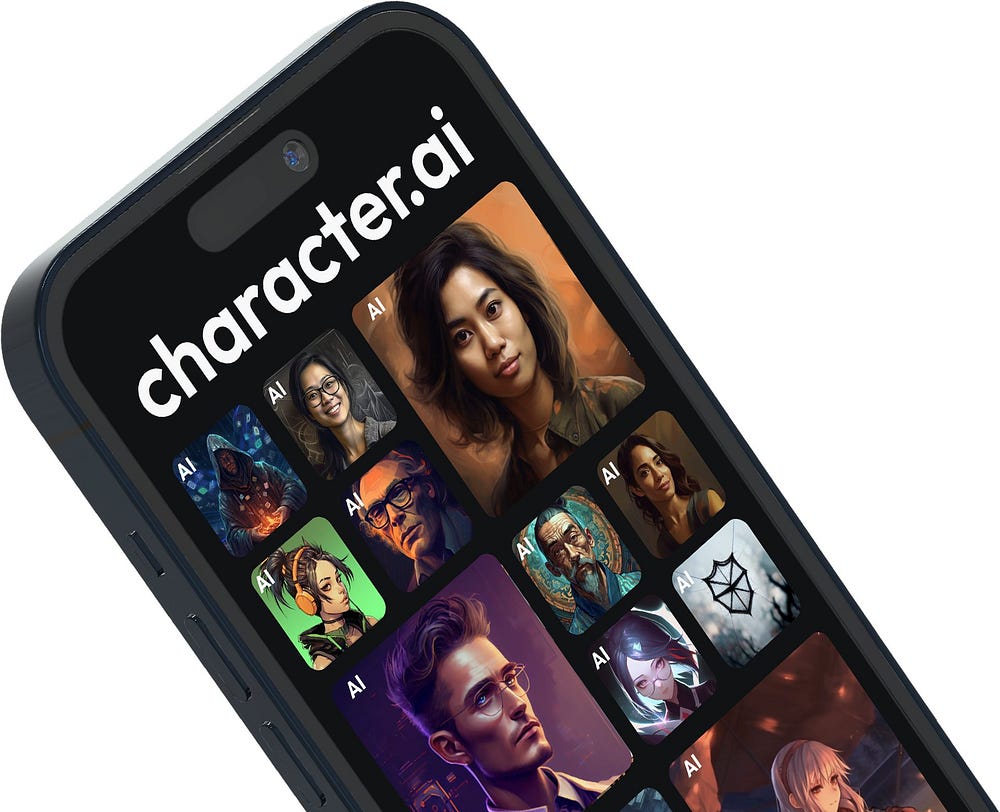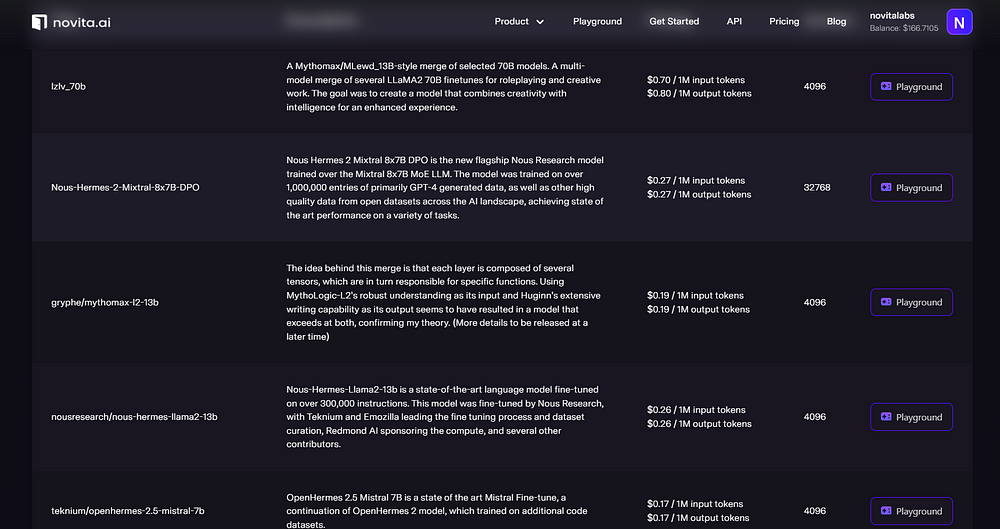AI Chatbot VS Traditional Chatbot: Unveiling Their Difference

Discover the differences between traditional and AI chatbots, their functionalities, use cases, and implications for business integration. Learn how to make informed decisions to enhance customer engagement and operational efficiency in the digital era.
Introduction
In the ever-evolving landscape of chatbot technology, businesses face the challenge of choosing between traditional rule-based chatbots and advanced AI-driven counterparts. Each option presents unique advantages and limitations that must be carefully considered to align with the organization’s goals and resources. This article aims to explore the differences between traditional and AI chatbots, highlighting their respective functionalities, use cases, and implications for business integration. By examining these factors, businesses can make informed decisions to enhance customer engagement and operational efficiency.
What Are Traditional Chatbots
Traditional chatbots, also known as rule-based chatbots, established the foundation for early chatbot interactions. These basic conversational systems operate within predefined rules and interact with users based on scripted responses. Unlike more sophisticated models, their grasp of natural language is constrained, limiting their capabilities to specific tasks.
How do Traditional Chatbots work
Traditional chatbots operate within predefined guidelines and responses. These chatbots typically use a decision-tree structure or a diagram-based system to guide user interactions.
When a user sends a question or message, the chatbot searches through its database of rules to find the most appropriate reply.
In simpler terms, rule-based chatbots use pattern recognition to identify keywords or phrases in user inputs. Once a match is found, the chatbot delivers a predetermined response associated with that keyword or phrase.
Sometimes, the chatbot may ask for more information or follow a scripted conversational path to gather necessary details before providing a response.

Pros of Traditional Chatbots
Rule-based chatbots, despite numerous technological advancements, remain relevant in various applications due to several key advantages:
- Simplified Design — They are easy to create and maintain, functioning based on predetermined rules and decision trees.
- Total Control — Businesses can ensure consistent and accurate information, mitigating concerns about unexpected or inappropriate responses.
- Reliable Performance — They consistently deliver precise responses within their established parameters.
- Cost-Effective Development — Particularly beneficial for small and medium-sized businesses seeking an affordable chatbot solution.
- Seamless Integration — They seamlessly connect with existing business systems, streamlining customer service processes.
- Privacy and Security Assurance — Their reduced reliance on extensive datasets and external data sources enhances data security.
Cons of Traditional Chatbots
While rule-based chatbots have been widely adopted by numerous businesses, it’s important to recognize their limitations and challenges:
- Limited Adaptability — Rule-based chatbots struggle with understanding user inputs beyond their programmed parameters, potentially leading to a subpar user experience.
- Complex Dialogue Handling — They find it challenging to manage intricate or multi-layered conversations, often resulting in irrelevant or incomplete responses.
- Lack of Personalization — Rule-based chatbots are incapable of providing personalized interactions, which can make conversations feel impersonal.
- Cumbersome Updates — Continuous maintenance and updates require significant time and resources, affecting their overall effectiveness.
- Inability to Learn — Unlike AI-powered chatbots, rule-based systems cannot learn from user interactions to enhance their responses over time.
Real-world use cases of Traditional Chatbots
- Banking Industry:
- Bank of America’s virtual assistant, Erica, assists customers with basic banking tasks such as checking account balances, transferring funds, and finding nearby ATMs.
- Capital One’s chatbot helps customers manage their accounts, track spending, and receive personalized financial insights.
2. Hospitality and Travel:
- Marriott International’s chatbot helps guests book rooms, access hotel information, and make special requests during their stay.
- Expedia’s chatbot assists users with flight and hotel bookings, provides travel recommendations, and offers support throughout the booking process.
3. Retail and E-commerce:
- H&M’s chatbot guides shoppers through product discovery, assists with sizing and fit recommendations, and facilitates the checkout process.
- Sephora’s Virtual Artist chatbot helps users find makeup products, try on virtual looks, and receive personalized beauty tips.
4. Healthcare:
- Babylon Health’s chatbot provides users with medical advice, symptom checking, and appointment scheduling with healthcare professionals.
- Your.MD’s chatbot offers personalized health assessments, wellness tips, and guidance on managing various health conditions.
5. Technology and Software:
- Microsoft’s support chatbot helps users troubleshoot technical issues, find software documentation, and access product information.
- Slack’s chatbot assists users with task management, scheduling meetings, and integrating third-party apps within the Slack platform.
What are AI chatbots?
Picture conversing with a computer program that could comprehend and reply as naturally as a human — that’s precisely what an AI chatbot offers!
These remarkable tools harness natural language processing (NLP) and machine learning algorithms to refine the art of conversation, reshaping the way businesses and individuals communicate.
AI chatbots shine in interacting with users via text or voice interfaces, such as messaging apps or virtual assistants, seamlessly handling tasks in customer support, sales, marketing, and even entertainment.
What distinguishes them from traditional rule-based counterparts is their ability to generate responses dynamically, adapting to context and nuances within the conversation.
How do AI chatbots work?
AI chatbots are revolutionizing how businesses engage with their customers by offering instantaneous, precise, and personalized responses to user inquiries. But how exactly do these AI chatbots operate behind the scenes?
AI chatbots utilize Natural Language Processing (NLP), enabling them to understand and interpret human language in a meaningful and contextually sensitive manner. They harness machine learning to sift through extensive datasets, recognize patterns, and refine their responses based on user interactions.
These chatbots ascertain the user’s intent and extract pertinent details (such as dates or product names) from their query to provide accurate responses. They employ sophisticated algorithms and knowledge repositories to select suitable response templates or craft unique responses tailored to the context.
Furthermore, AI-powered chatbots can integrate with external platforms like CRMs or e-commerce systems to deliver personalized information by accessing user-specific data points.
Pros of AI chatbots
By mastering natural language and emulating human-like conversations, AI chatbots are revolutionizing customer service and operational efficiency. Let’s delve into some key advantages of adopting AI chatbots:
- Enhanced productivity: AI chatbots excel at multitasking, managing numerous requests simultaneously, and automating repetitive tasks, thereby saving time and optimizing resource utilization.
- Personalized experiences: Leveraging customer data, AI chatbots deliver tailored interactions, nurturing brand loyalty and enhancing customer satisfaction.
- Data-driven insights: AI chatbots gather valuable customer insights, empowering businesses to refine strategies and uncover new opportunities for growth.
- Multilingual support: They facilitate communication in multiple languages, enabling businesses to effectively engage with diverse customer bases across the globe.
- Seamless integration: AI chatbots seamlessly integrate with existing applications and systems, offering a user-friendly solution that enhances overall efficiency.
Cons of AI Chatbots
AI chatbots undoubtedly demonstrate significant potential, and businesses are increasingly adopting them. However, it’s essential to recognize their limitations to make informed decisions for your organization. Here are some considerations:
- Inconsistent responses: AI-powered chatbots may occasionally misunderstand user queries or provide inaccurate information due to imperfect algorithms, leading to user frustration.
- Lack of emotional understanding: AI chatbots lack genuine emotional intelligence, posing challenges in delivering personalized and empathetic support.
- Privacy and security concerns: Training AI chatbots raises concerns about user privacy and compliance with data protection regulations.
- Resource-intensive development: Developing an effective AI chatbot requires substantial time and resources for training and ongoing maintenance.
- Potential biases: AI chatbots may inadvertently reflect biases present in training datasets, resulting in biased or discriminatory interactions.
Existing Famous AI Chatbots
Character AI

Character.ai is an American neural language model chatbot service that can generate human-like text responses and participate in contextual conversation. Constructed by previous developers of Google’s LaMDA, Noam Shazeer, and Daniel De Freitas, the beta model was made available to use by the public in September 2022
BERT by Google

Google unveiled BERT (Bidirectional Encoder Representations from Transformers) as an open-source LLM in 2018. It quickly set new standards for a range of natural language processing (NLP) tasks with its cutting-edge capabilities.
BERT’s innovative approach in the initial stages of LLM development, coupled with its availability as an open-source tool, propelled it to widespread popularity and adoption. By 2020, Google had integrated BERT into Google Search across more than 70 languages, highlighting its effectiveness.
Today, the community benefits from a multitude of open-source, readily available BERT models tailored for specific applications, including sentiment analysis, medical record interpretation, and identifying harmful content.
Bloom

Debuted in 2022 after a collaborative effort that spanned a year and engaged volunteers from over 70 countries, alongside researchers from Hugging Face, BLOOM represents an autoregressive LLM designed to extend text based on a given prompt, utilizing massive datasets and industrial-level computing power.
Its introduction was a significant step towards making generative AI more accessible to all. Boasting 176 billion parameters, BLOOM stands as one of the most formidable open-source LLMs available, capable of generating cohesive and precise text across 46 languages and 13 programming languages.
At the core of BLOOM lies a commitment to openness, with the project’s source code and training data made available to the public. This transparency ensures that anyone can use, examine, and enhance the model.
Novita AI
Novita AI LLM offers powerful Inference APIs. If you are interested in building your own Chatbot, Novita AI LLM Inference API would empower your LLM with its various models. LLM performance can be highly enhanced with Novita AI LLM Inference API.

LLM by novita.ai stands out for its ability to adapt to various conversational styles and domains, making it a versatile tool for developers and businesses aiming to improve user engagement.
Traditional Chatbots vs AI Chatbots

When navigating the chatbot landscape, it’s crucial to differentiate between traditional chatbots and their more advanced AI-driven counterparts to make informed decisions for business integration.
Here’s a concise comparison between Traditional Chatbots and AI Chatbots:
- Understanding user input: Traditional chatbots rely on specific keywords and predetermined responses, whereas AI chatbots utilize natural language processing and machine learning to generate human-like replies.
- Adaptability: Traditional chatbots are confined by their preset limitations, whereas AI chatbots continuously learn from user interactions and adapt, providing tailored responses over time.
- Conversation flow: Traditional chatbots follow a rigid, linear dialogue structure, whereas AI chatbots engage in dynamic, fluid conversations with users.
- Handling complex queries: Traditional chatbots struggle with complex or ambiguous inquiries, whereas AI chatbots excel in understanding and addressing such challenges, resulting in an improved user experience.
- Personalization: Traditional chatbots offer generic responses that may lack warmth and personalization, whereas AI chatbots customize their replies to each user, fostering a more personalized connection.
- Evolving over time: Traditional chatbots rely on manual updates for improvements, whereas AI chatbots evolve through continuous learning from user interactions, enhancing their performance and effectiveness.

So what’s better for your business
The answer to this question hinges on a range of factors, including your business objectives, financial resources, and available capabilities. Your decision may be influenced by the need for a quick and budget-friendly solution, or perhaps you’re seeking to enhance customer experience with a sophisticated tool.
If your priority is a swift and straightforward implementation without extensive data or training requirements, a traditional chatbot might suit your needs. Conversely, if you aim for a more advanced solution capable of delivering natural and human-like conversations, an AI chatbot could be preferable.
Ultimately, the most informed guidance will come from a knowledgeable partner who comprehends your business requirements and can recommend the optimal solution while managing costs effectively. At Transcom, our CX Advisory team conducts a thorough assessment of your customer journey and aligns your objectives with available resources to advise on the most suitable solution for your business.
Conclusion
The choice between traditional and AI chatbots depends on various factors, including the organization’s objectives, budget, and technological capabilities. While traditional chatbots offer simplicity and cost-effectiveness, AI chatbots provide dynamic responses, personalization, and continuous learning capabilities. By understanding the strengths and limitations of each option, businesses can strategically leverage chatbot technology to improve customer interactions and streamline operations, ultimately driving growth and success in the digital age.
novita.ai, the one-stop platform for limitless creativity that gives you access to 100+ APIs. From image generation and language processing to audio enhancement and video manipulation,cheap pay-as-you-go , it frees you from GPU maintenance hassles while building your own products. Try it for free.
Recommended reading
What is the difference between LLM and GPT
LLM Leaderboard 2024 Predictions Revealed
Novita AI LLM Inference Engine: the largest throughput and cheapest inference available